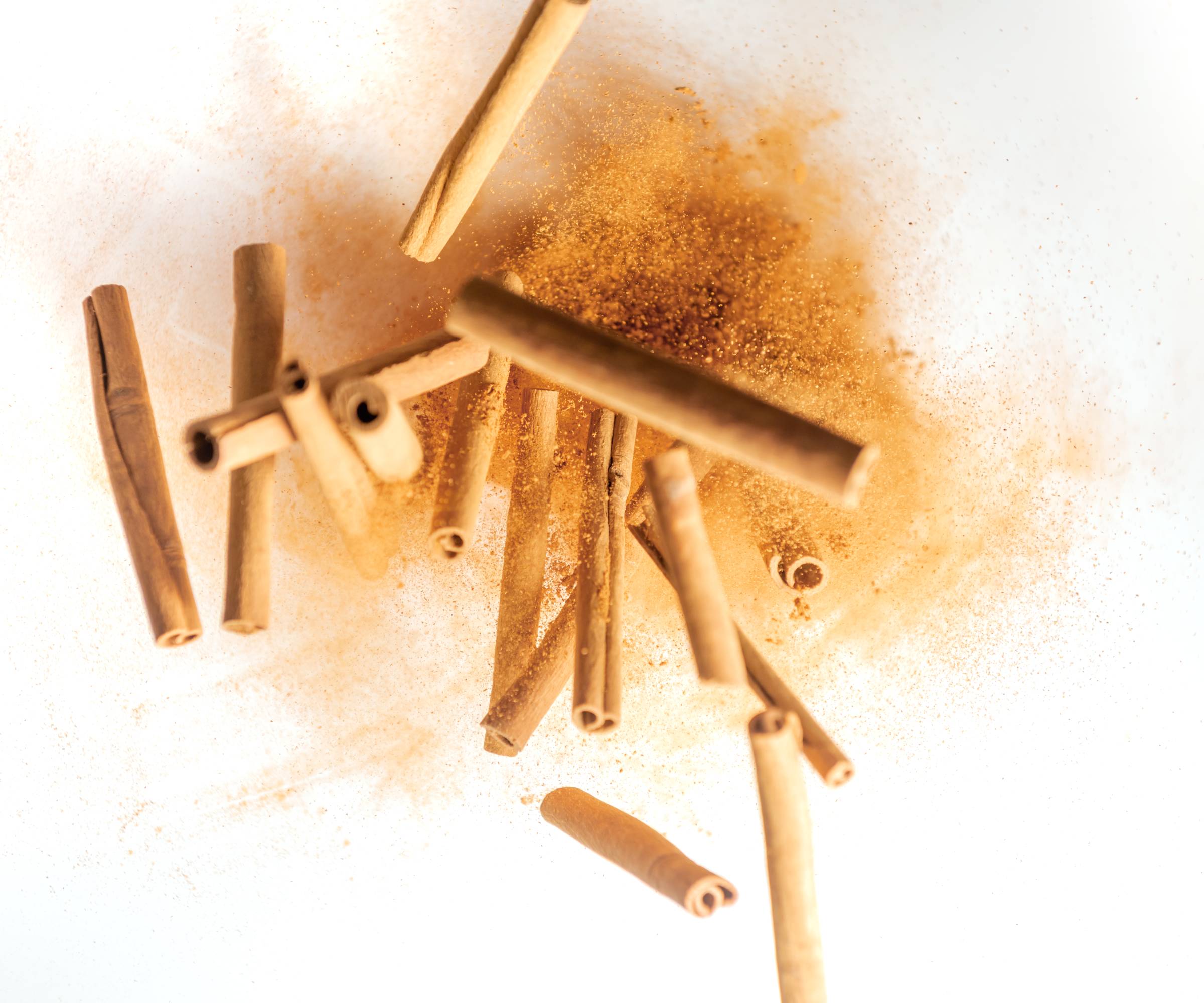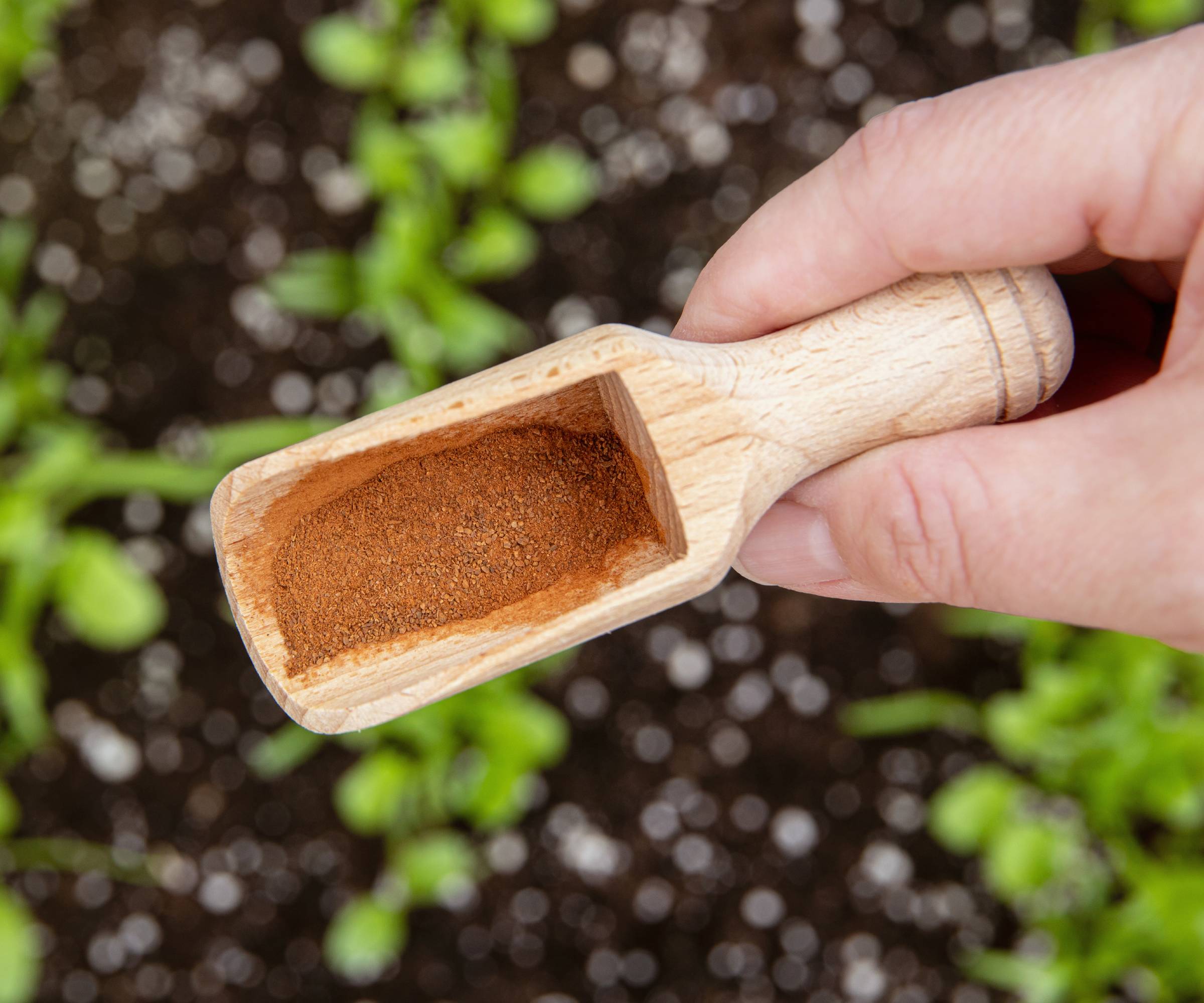The $1 Kitchen Trick That Stops Squirrels From Digging Up Every Single Bulb
Skip the barriers and sprays. This item you already have in your kitchen is the low-effort, residue-free way to safeguard your newly planted bulbs.


Figuring out how to keep squirrels from digging up bulbs frustrates gardeners every autumn, as those relentless foragers transform promising drifts into scattered chaos overnight. You spend hours tucking corms into cool soil, envisioning a sea of purple and gold come spring, only to wake to furrows and unearthed treasures scattered like confetti.
The disruption undermines the bulb's chance to settle and store, leading to spotty emergence that demands replanting year after year. Yet solutions abound when you look beyond the obvious, tying into the core practices of crocus care that ensure crocus thrive season after season. Finding out how to stop squirrels digging up bulbs calls for strategies that respect the garden's rhythm, masking scents and textures without harming the soil or its inhabitants.
Knowing how to prevent squirrels from digging up bulbs demands quick action in planting season, yet many chase gadgets that fail fast. One spice from your spice rack shifts the game, a kitchen essential that scatters without harm and holds through winter's wet. It's the low-effort edge that turns raided rows into reliable performers, easing the worry of what lurks beneath the mulch.
What Attracts Squirrels to Newly Planted Bulbs

Squirrels home in on freshly turned earth because the disturbed soil releases scents of moisture and microbes, signaling a prime spot for caching amid fall's gathering chill. Loose dirt yields easily to claws, far simpler than prying nuts from branches, while the faint, starchy aroma of crocus corms mimics the tubers they instinctively bury for lean months ahead. This combination turns your planting holes into beacons, drawing opportunistic paws that probe without pause.
Curiosity seals the deal; a changed landscape piques their exploratory nature, especially in yards where human activity already scatters treats like birdseed or compost scraps.
Why Crocus Bulbs Are Especially Vulnerable in Fall
Fall coincides with squirrels' hyperphagia, a pre-winter binge where they amass up to 10,000 calories daily, making every loose bulb a potential stockpile. Crocus corms, planted shallow for quick emergence, sit at paw level without the deep-set protection of later tulips, their soft coats no match for determined teeth. Cooling soil slows decomposition, so any unearthed corm lingers exposed, tempting second and third visits from the same family.
In zones 3 through 7, this overlap with peak acorn drop divides attention but doesn't deter—squirrels sample everything, crocus included, turning your investment into their experiment.
Sign up for the Gardening Know How newsletter today and receive a free copy of our e-book "How to Grow Delicious Tomatoes".
The $1 Kitchen Trick That Actually Works

Ground cinnamon repels through its volatile compounds, which overload squirrel olfactory receptors with a burning tang that mimics danger without toxicity. The spice clings to soil and fur, masking the earthy signals of buried bulbs while irritating paws on contact, prompting a hasty retreat. Bulbs remain unscathed, as cinnamon's mild fungicidal properties even guard against rot in damp falls. You can even get cinnamon in bulk at Amazon.
Squirrels associate the spot with discomfort after one encounter, their circuits rerouted to easier targets down the block.
Step-by-Step
Prepare holes with a light dusting, a pinch per crocus to line the base and sides, then nestle the corm before backfilling to seal the barrier. For surface protection on established beds, broadcast evenly across disturbed areas, raking shallow to embed without compacting. Wear a mask if sensitive, as fine powder can tickle throats on windy days.
A spice shaker simplifies even distribution, its perforations preventing clumps that might clog drains.

Apply at planting to capitalize on fresh disturbance, the spice's potency peaking in cool air that carries it farther underground. Refresh following heavy rains, which dilute surface layers within three to five days, a brief rake and resprinkle restoring the veil.
This cadence fits fall workflows, layering seamlessly with mulching to extend coverage through thaw.
How Much to Use
Moderation rules—a quarter-teaspoon per bulb suffices for holes, or one tablespoon per square foot on top, enough to irritate without overwhelming microbial balance. Excess risks caking in clay soils, but crocus embrace the acidity as a pH perk.
Surface or shallow mixes integrate best, degrading to harmless organics that enrich rather than encumber. A bulb planter like this from Amazon aids precise placement, minimizing waste while protecting tender skins.
Optional - Combine with Mulch
Pair cinnamon with a skim of shredded bark or straw, half an inch thick to pin particles down and add textural resistance that paws find unappealing. This tandem fortifies against wind dispersal, mulch weaving a loose web that slows burrowing without blocking emergence.
Ideal for exposed sites, it evolves with the season—thinning naturally by green-up, leaving no trace beyond the saved planting.

Tyler’s passion began with indoor gardening and deepened as he studied plant-fungi interactions in controlled settings. With a microbiology background focused on fungi, he’s spent over a decade solving tough and intricate gardening problems. After spinal injuries and brain surgery, Tyler’s approach to gardening changed. It became less about the hobby and more about recovery and adapting to physical limits. His growing success shows that disability doesn’t have to stop you from your goals.